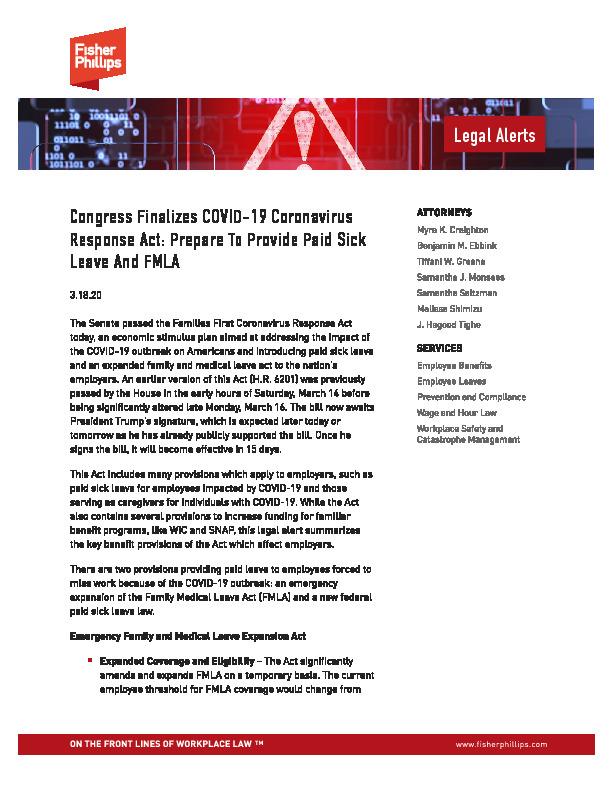Well this is an unprecedented situation we face. I can’t remember anything quite like this. We’ve received a few calls and emails asking some very good questions as we move into the second full week of the screeching halt that has become life in the US.
One of the most important things to remember is that given the current circumstances, it appears that the virus will work its way through society over time. Over how much time seems to be one of the most pressing questions. Without some significant changes, it’s not a matter of if but when someone you know will be affected by the virus. The outcomes in all but a few cases are good. The vast majority of people do get better. What I have read today is that most will get better in a few days just treating the symptoms. Some will require a hospital stay and that could be a significant time away from work even if the hospital stay is short. The idea is to keep the wave of patients to the hospitals below their capacity.
All of the things that we have seen implemented have been to reduce the impact to the medical community and ultimately to humanity. So what does that mean for you the cotton ginner? The first thing it means it to make sure anyone who is symptomatic to stay at home. It also means following the CDC guidelines and using common sense. Keeping distance, implementing increased hand washing and use of sanitizers and PPE where washing and distancing are not as practical. Keeping gatherings to a minimum or eliminate them altogether.
A really good place to start is the CDC. Follow their Guidelines for employers. Another source of information for employers is OSHA. OSHA put out Guidelines for employers last week at www.osha.gov. This has been updated and will continue to be as this evolves. We work closely with Fisher and Phillips who are a nationwide law firm. They have started a COVID-19 response team of lawyers on how employers can prepare and help themselves moving through this. Please go to their page on the COVID response. It is also continually updated as they see necessary. All these pages should be checked often.
As far as government response. Of course, you need to follow the guidelines in your local area. We’ve seen and will continue to see stronger response in some areas over others. Congress has passed one bill and will pass more to help alleviate the impact on employers and employees. Please refer to THIS SUMMARY of the first bill. It provides for up to 80 hours of paid sick leave and expands job protections for employees to all businesses. Please refer to the Summary for more details. President Trump just today said there will be relief for small businesses along with bailouts for airlines and cruise industries but no details were given.
This is a very VERY VERY fluid situation. In just over a week we went from a handful of cases to thousands and whole cities being put on lock down with highly restrictive travel. We’re monitoring the situation and please let us know if we can help.
PS: Keller and Heckman put out info on Insurance and the Coronovirus
DSF


 In a change that was largely expected, the Department of Labor published a proposed change to their Electronic Reporting Rule that requires large employers and smaller employers in certain high risk segments to report OSHA 300 data. The changes would rescind the previous requirement that the larger employers (over 250 employees) had to submit OSHA 300 form information as well as OSHA 300A (summary) data.
In a change that was largely expected, the Department of Labor published a proposed change to their Electronic Reporting Rule that requires large employers and smaller employers in certain high risk segments to report OSHA 300 data. The changes would rescind the previous requirement that the larger employers (over 250 employees) had to submit OSHA 300 form information as well as OSHA 300A (summary) data.